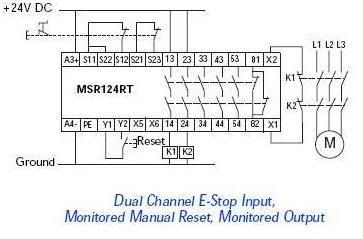W.I.T. Engineering
New member
- Location
- Colorado
What does the NFPA say about the use of the E-Stop circuit when it comes to breaking the power to a three phase motor? If we have a motor controller that has dynamic breaking, does the code allow the E-stop circuit to apply dynamic braking and then interrupt the power to the motor with a contactor? Is the contactor interrupt before or after the motor controller? Does the E-stop circuit require a contactor interrupt to the motor or is the motor controller sufficient?


